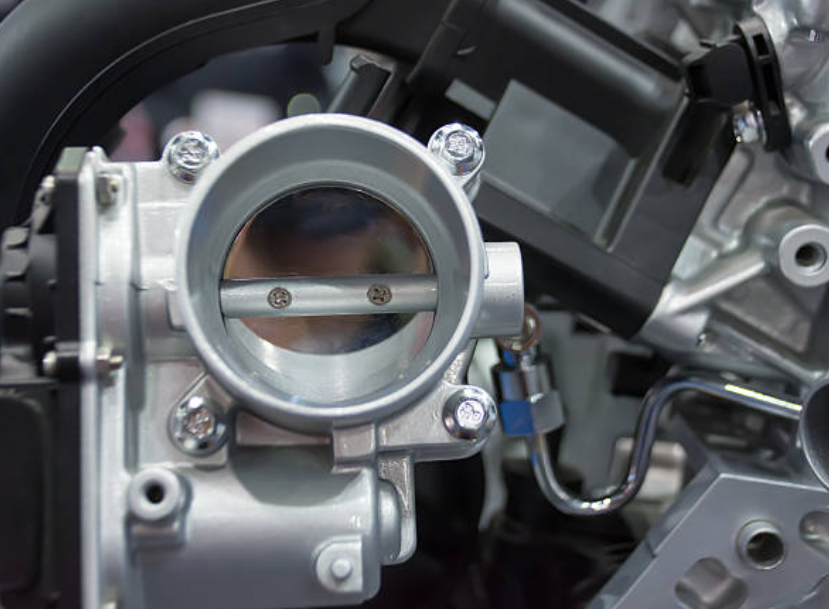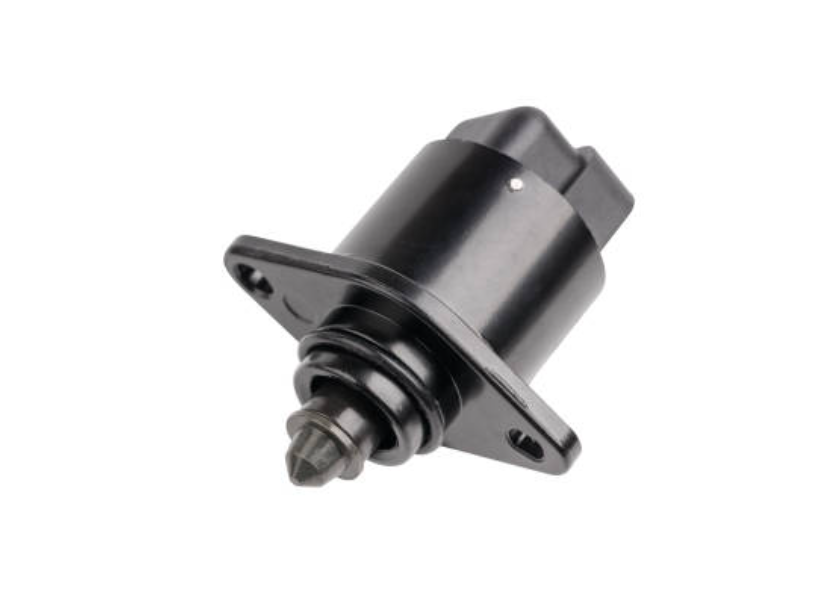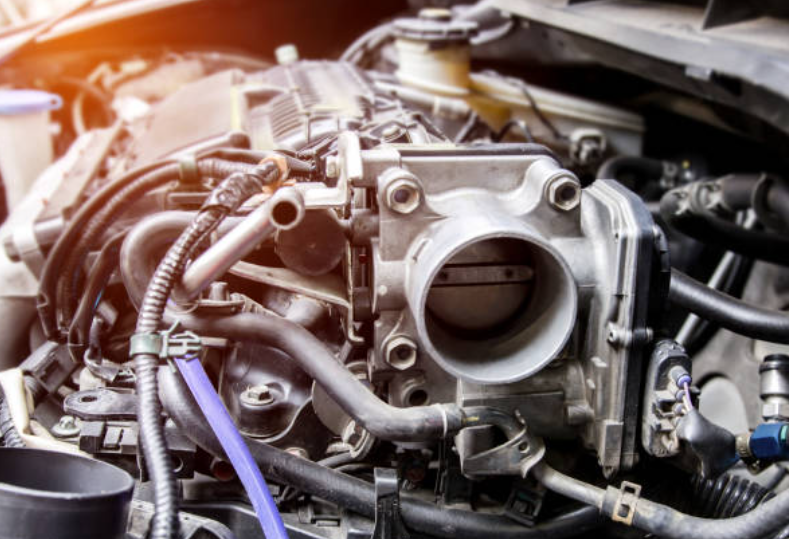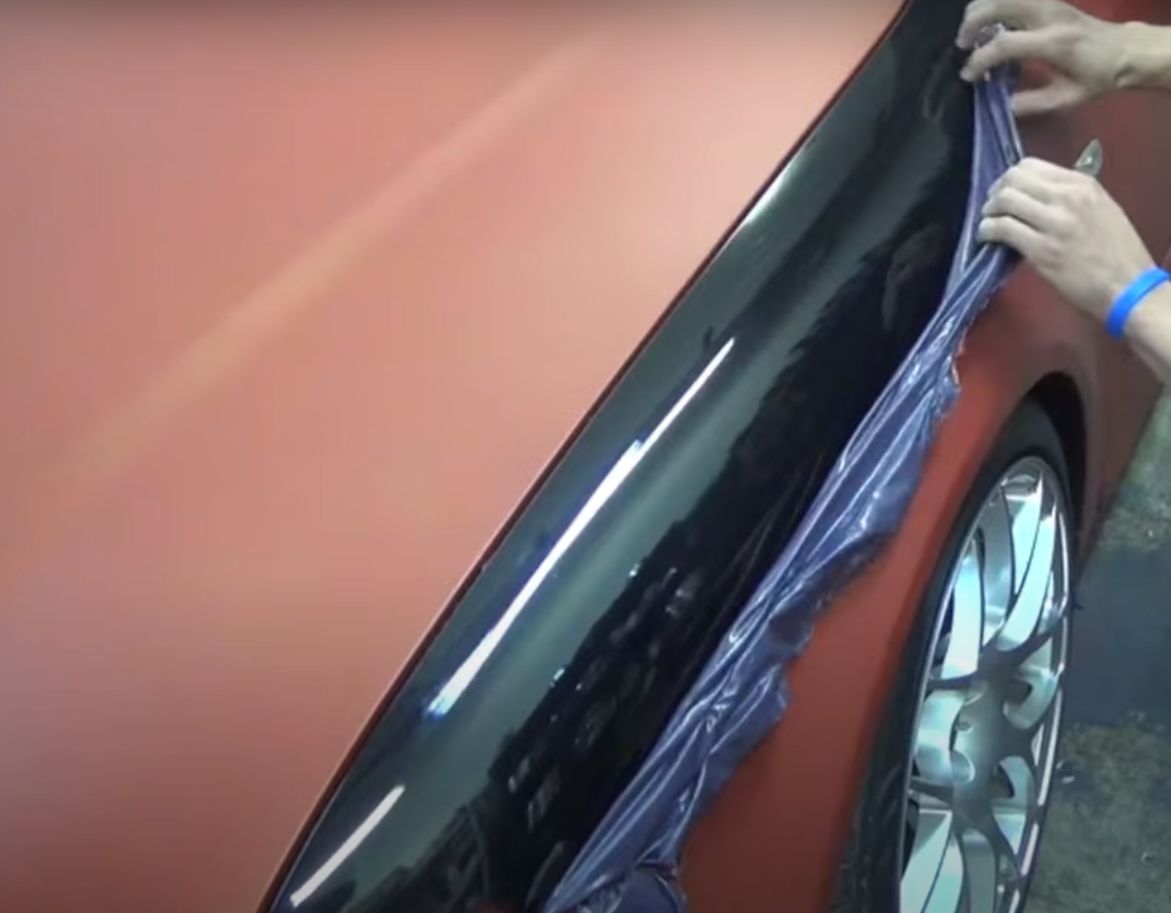Unraveling the Role of Idle Air Control Valve in Engine Performance
Maintaining peak engine performance for a vehicle is dependent on many components, one of them being the idle air control valve. Without this small part doing its job properly, drivers are in danger of experiencing abnormal running conditions such as stalls and sputtering that can lead to costly repair bills or worse – an accident. To understand how exactly an idle air control valve works and why it’s so imperative to proper engine performance, let’s take a look at what changing idle speed means for vehicles today.

What is an Idle Air Control Valve?
An Idle Air Control Valve (IACV) is a critical component present in contemporary fuel-injected internal combustion engines. Its major role is to manage the quantity of air that enters the engine while the throttle is closed or almost closed, like during idling or deceleration.
The IAC valve is crucial for the engine's performance and drivability, ensuring a consistent and smooth idle speed regardless of external conditions. It plays a vital role during cold starts, warm-up, and when additional electrical loads are placed on the engine, compensating for changes in engine load and maintaining a stable idle.

Modern internal combustion engines with fuel injection have the Idle Air Control Valve (IACV), an essential component. The throttle plate in the throttle body closes to limit airflow into the engine when the vehicle is stopped or the driver lets off the gas pedal. This limitation may cause stalling, harsh idling, or trouble starting in older cars with carburetors. However, in fuel-injected engines, the Idle Air Control Valve helps maintain a smooth and stable idle by allowing a controlled amount of air to bypass the closed throttle plate.
The IACV achieves this by using an electrically-operated solenoid or stepper motor that adjusts a pintle or plunger to regulate the airflow. The Engine Control Unit (ECU), the car's onboard computer, continuously monitors various engine parameters such as temperature, load, and electrical demands. Based on these inputs, the ECU commands the IACV to increase or decrease the amount of air bypassing the closed throttle, thereby adjusting the idle speed as needed.

Smooth Idle and Drivability: The IAC valve ensures a smooth and stable idle speed, which is crucial for the vehicle's drivability. A consistent idle prevents engine stalling, rough idling, and jerky movements when coming to a stop, contributing to a comfortable driving experience.
Cold Starts and Warm-Up: During cold starts, the IACV assists in providing the necessary air and fuel mixture for a smooth ignition. As the engine warms up, the IAC valve gradually adjusts the idle speed to optimal levels, reducing warm-up time and improving fuel efficiency.
Compensation for Engine Load: As the vehicle's electrical systems engage, such as air conditioning or power steering, they add load to the engine. The IAC valve promptly adjusts the idle speed to compensate for these changes, ensuring a stable idle regardless of electrical demands.
Fuel Efficiency: A properly functioning IAC valve helps maintain the correct air-to-fuel ratio during idle, which contributes to better fuel efficiency. An optimized idle speed means the engine isn't using excess fuel while at rest, conserving energy and reducing fuel consumption.
Emission Control: Accurate control of the idle speed by the IAC valve leads to better emission control. It ensures that the engine operates at its most efficient level during idle, minimizing harmful exhaust emissions.
Minimized Engine Wear: A stable idle reduces engine vibration and stress, contributing to less wear and tear on engine components. This can lead to longer engine life and reduced maintenance costs.
Smooth Transitions: The IAC valve's precise control of idle speed ensures smooth transitions between idling and acceleration, preventing hesitation or abrupt movements when pressing the gas pedal.
Diagnostics and Error Detection: A malfunctioning IAC valve can trigger diagnostic trouble codes (DTCs) in the vehicle's onboard computer, alerting the driver to potential issues that need attention. This aids in early detection and timely repairs.
-
Can I drive with a malfunctioning IACV?
Even while you might be able to drive with a damaged IAC valve, the engine may operate poorly, use less gasoline, and perhaps develop problems. It's important to get it checked out and fixed as soon as you can.
-
Can I replace the IACV myself?
The complexity of replacing the IAC valve depends on the vehicle's make and model. Some DIY-savvy individuals may be able to replace it, but for others, it's best to have a qualified mechanic handle the replacement.
See more review here: The 10 Best Snowmobile Gloves For Winter Adventures











